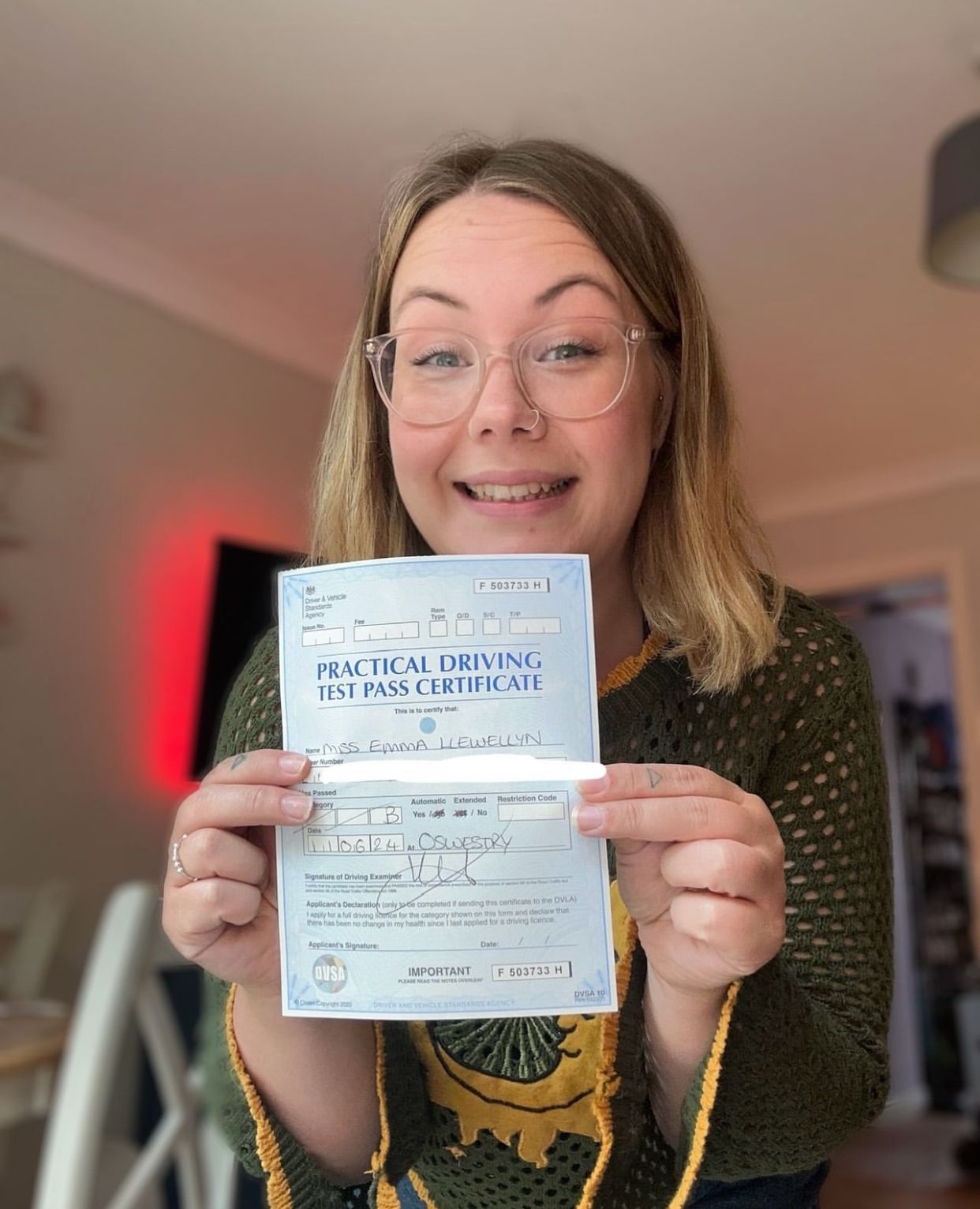Understanding the Process of Obtaining a Driver's License: An In-Depth Guide
Acquiring a driver's license is typically seen as a rite of passage for many people. It represents not just the capability to operate a lorry lawfully however likewise the newly found independence that comes with it. Nevertheless, the procedure of getting a driver's license can differ considerably based upon geographical area, age, and personal scenarios. This short article supplies a comprehensive summary of how to acquire a driver's license, what documentation is required, and answers to frequently asked concerns.
Actions to Obtain a Driver's License
The procedure usually includes a number of actions, which may differ depending on regional policies and the type of driver's license sought. Below are the general actions one may follow:
1. Determine Eligibility
Before embarking on the journey to get a driver's license, individuals need to first determine their eligibility based on numerous requirements, which may include:
- Age Requirement: Most places have a minimum age requirement, frequently varying from 16 to 18.
- Residency: Applicants need to be citizens of the state or region where they are using.
- Legal Status: Ensure all documentation complies with local laws.
2. Complete a Driver's Education Course
Lots of states require new drivers to complete a driver's education course, especially for those under the age of 18. These courses typically cover the following:
- Traffic laws and regulations
- Protective driving techniques
- Threat acknowledgment
3. Obtain a Learner's Permit
When the academic requirements are fulfilled, a candidate can apply for a learner's license. This enables monitored driving while practicing skills. The steps to acquire a student's authorization generally consist of:
- Submitting an application
- Passing a composed understanding test
- Paying appropriate charges
4. Practice Driving
With a student's license in hand, new drivers must log a specific variety of hours of practice driving, typically under the guidance of a licensed adult. This practical experience is important for constructing confidence and skills behind the wheel.
5. Set Up a Driving Test
After fulfilling the practice requirements, people can arrange a driving test. The driving test typically consists of:
- A car safety inspection, verifying that the automobile is roadworthy
- Maneuvers such as turning, parallel parking, and complying with traffic signals
- A presentation of defensive driving methods
6. Acquire the Driver's License
Upon effectively passing the driving test, applicants can acquire their driver's license. The requirements for acquiring the license might include:
- Submission of required documents (evidence of identity, residency, and so on)
- Payment of licensing costs
- Issuance of a provisionary or complete license depending on age and driving experience
7. Acquaint Yourself with Driving Regulations
Having actually obtained a driver's license, it's important to stay informed about local driving laws, guidelines, and any changes that may occur. Awareness of laws relating to speeding, driving under the influence, and seat belt usage can avoid future legal problems.
Documentation Required to Obtain a Driver's License
The paperwork needed throughout the application process can differ by area, but normally consists of:
- Proof of Identity: This might include a birth certificate, passport, or social security card.
- Evidence of Residency: Documents like utility bills or bank declarations revealing the applicant's name and address.
- Completion Certificate: Proof of completion for a driver's education course, if suitable.
- Learner's Permit: If the candidate is transitioning from a learner's authorization.
Typical FAQs
1. online driving license of time is a driver's license valid?
The credibility period for a driver's license differs by jurisdiction. In lots of areas, licenses need to be renewed every four to eight years. Examine local guidelines for particular information.
2. What should I do if I stop working the driving test?
If you fail the driving test, remain calm. Each state typically enables retaking the examination after a set waiting duration. Use the time to practice and strengthen your abilities.
3. Can I drive with a student's license?
Yes, however only when accompanied by a certified adult who satisfies particular requirements, such as being over a particular age and having a valid driver's license.
4. Exist additional requirements for industrial licenses?
Yes, individuals looking for an industrial driver's license (CDL) should undergo additional training and testing specific to the type of automobile they intend to operate, consisting of specific medical requirements.
5. What are the limitations on a provisionary license?
Provisional licenses typically come with certain restrictions, such as limits on nighttime driving or carrying guests. Familiarize yourself with these rules to avoid penalties.
6. How can I get ready for the written understanding test?
To prepare for the written understanding test, study your state's driver handbook, take practice quizzes available through various online platforms, and consider registering in a driver's education course if you have not done so currently.
Acquiring a driver's license is a substantial milestone that needs careful preparation and adherence to regional guidelines. By understanding the actions involved, gathering the required documents, and staying informed about driving laws, prospective drivers can navigate this procedure smoothly. As more individuals take to the roads, knowing the requirements and understanding precaution ends up being progressively vital. With persistent practice and awareness, the journey from student's authorization to full-fledged driver can be a gratifying experience, representing both liberty and obligation.

